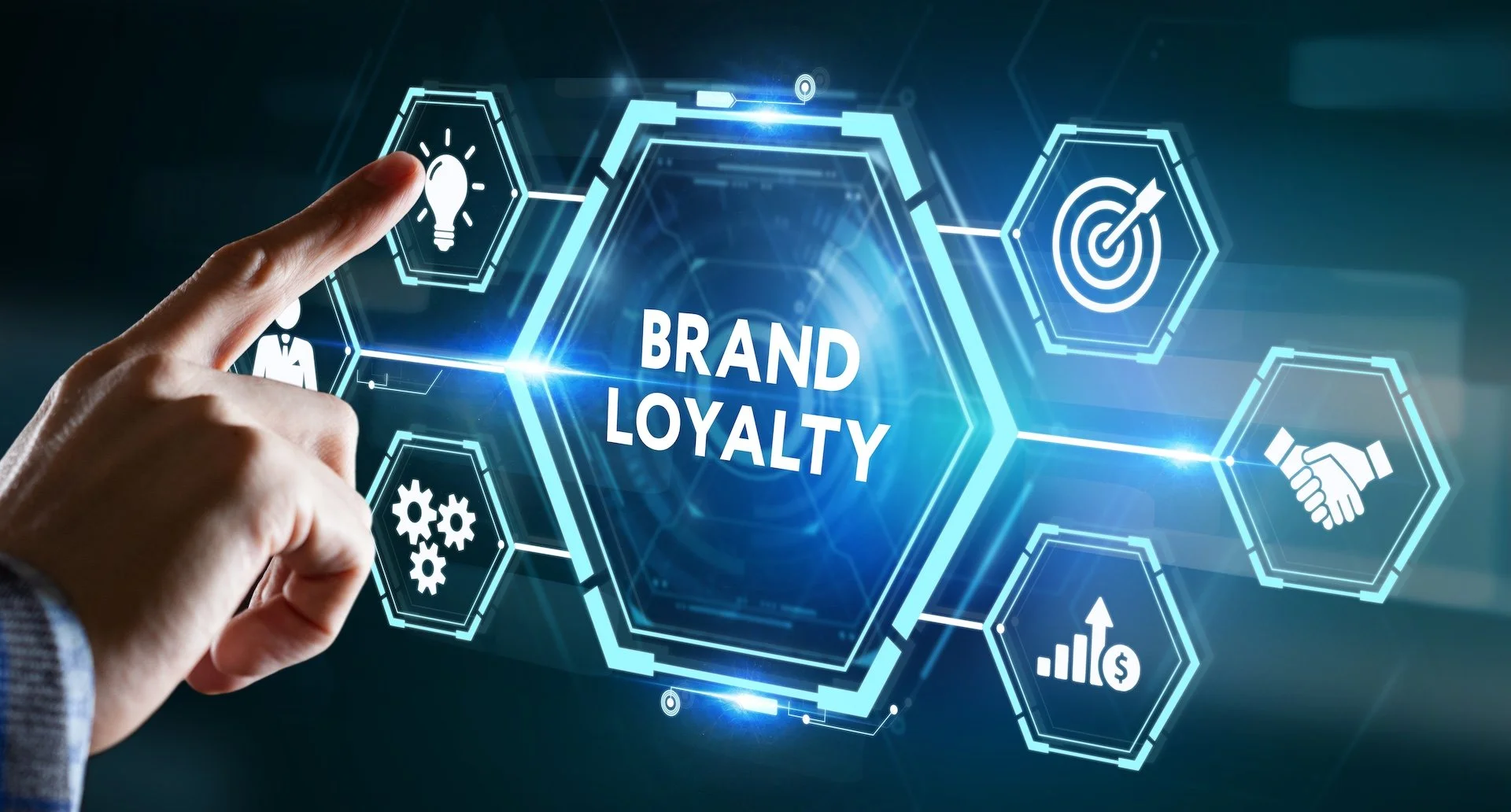Can Customer Research Improve Loyalty?
nem has anecdotal evidence from our clients that the act of being a research participant can improve the loyalty of current customers, regain lapsed customers and attract new customers.
This is via a blend of qualitative and quantitative research with business customers and prospects to obtain their views on the strengths and weaknesses of an organisation, and opportunities for growth.
Why is this so?
Current customers can regard providing feedback to the organisation as a positive indicator of the strength of the relationship.
Lapsed customers who still have a latent affinity with the organisation, can positively regard the organisation’s intention to improve. This can also apply to customers who have reduced their share of spend.
Prospective customers can see the organisation’s intention to deliver a more relevant market offering as a reason to trial. In a market with high word-of-mouth between participants they might also be exposed to goodwill from existing customers.
To fully exploit the impact of market research on sales, it is important that the researchers have very good knowledge of the organisation and its industry, and can understand and therefore qualitatively explore with customers the insights they are providing.
nem’s applied research methodology helps us find practical insights that our clients often find difficult to obtain themselves, for several reasons.
First, customer relationship capital is built over time and nem have codified the development process of mutual respect that must exist to ensure loyalty and repeat business occurring at sustainable pricing levels. The growth in relationships follows a parabolic curve and along this journey a B2B client may not be comfortable in sharing feedback directly with their supplier, but they will be to an independent party, such as nem.
Second, a B2B client may not want to overtly discuss growing loyalty to a supplier with respect to future price signalling. However, measuring referral likelihood is something nem explores that may not come into conversation with a supplier outside of a purely quantitative loyalty measure such as net promoter scoring which nem maintains can contain bias and therefore mask the true state of customer commitment to the supplier.
Third, B2B clients are often unaware of their actual competitive advantages so areas of improvement are hard to identify until their customers go elsewhere. Tracking competitive advantages across customer segments on a regular basis is a key predictor of business potential.
A critical caveat to achieving increased sales from lapsed and prospective customers is evidence that the changes signalled in the research are being acted on.
Authors: Mark Dalton and Scott Nelson, Partners, nem Australasia

